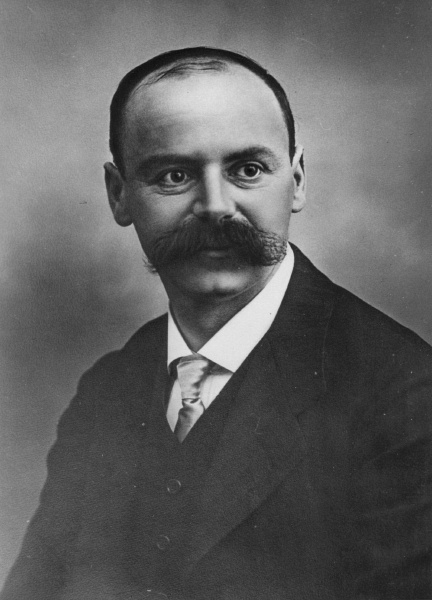Sabine Hossenfelder has gradually transitioned from critical written content about physics to YouTube videos, mostly short science news clips with the occasional longer piece. Luckily for us in the unable-to-listen-to-podcasts demographic, the transcripts of these videos are occasionally published on her organization’s Substack.
Unluckily, it feels like the short news format is leading to some lazy metaphors. There are stories science journalists sometimes tell because they’re easy and familiar, even if they don’t really make sense. Scientists often tell them too, for the same reason. But the more careful voices avoid them.
Hossenfelder has been that careful before, but one of her recent pieces falls short. The piece is titled “This Experiment Will Measure Nothing, But Very Precisely”.
The “nothing” in the title is the oft-mythologized quantum vacuum. The story goes that in quantum theory, empty space isn’t really empty. It’s full of “virtual” particles, that pop in and out of existence, jostling things around.
This…is not a good way to think about it. Really, it’s not. If you want to understand what’s going on physically, it’s best to think about measurements, and measurements involve particles: you can’t measure anything in pure empty space, you don’t have anything to measure with. Instead, every story you can tell about the “quantum vacuum” and virtual particles, you can tell about interactions between particles that actually exist.
(That post I link above, by the way, was partially inspired by a more careful post by Hossenfelder. She does know this stuff. She just doesn’t always use it.)
Let me tell the story Hossenfelder’s piece is telling, in a less silly way:
In the earliest physics classes, you learn that light does not affect other light. Shine two flashlight beams across each other, and they’ll pass right through. You can trace the rays of each source, independently, keeping track of how they travel and bounce around the room.
In quantum theory, that’s not quite true. Light can interact with light, through subtle quantum effects. This effect is tiny, so tiny it hasn’t been measured before. But with ingenious tricks involving tuning three different lasers in exactly the right way, a team of physicists in Dresden has figured out how it could be done.
And see, that’s already cool, right? It’s cool when people figure out how to see things that have never been seen before, full stop.
But the way Hossenfelder presents it, the cool thing about this is that they are “measuring nothing”. That they’re measuring “the quantum vacuum”, really precisely.
And I mean, you can say that, I guess. But it’s equally true of every subtle quantum effect.
In classical physics, electrons should have a very specific behavior in a magnetic field, called their magnetic moment. Quantum theory changes this: electrons have a slightly different magnetic moment, an anomalous magnetic moment. And people have measured this subtle effect: it’s famously the most precisely confirmed prediction in all of science.
That effect can equally well be described as an effect of the quantum vacuum. You can draw the same pictures, if you really want to, with virtual particles popping in and out of the vacuum. One effect (light bouncing off light) doesn’t exist at all in classical physics, while the other (electrons moving in a magnetic field) exists, but is subtly different. But both, in exactly the same sense, are “measurements of nothing”.
So if you really want to stick on the idea that, whenever you measure any subtle quantum effect, you measure “the quantum vacuum”…then we’re already doing that, all the time. Using it to popularize some stuff (say, this experiment) and not other stuff (the LHC is also measuring the quantum vacuum) is just inconsistent.
Better, in my view, to skip the silly talk about nothing. Talk about what we actually measure. It’s cool enough that way.


